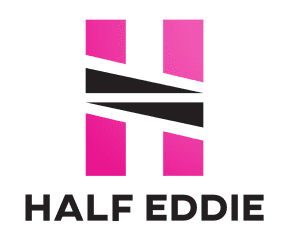The SECURE Act or Setting Every Community Up for Retirement Plan, became a law after the bipartisan bill was passed on December 20, 2019. This is good news, just after celebrating the holiday season. The Act is essential to retirement legislation and is an initiative started over 10 years back with provisions to help individuals save more towards retirement and enable them to be financially independent. This particular one has important changes in education savings and covers benefits for the 529 plan. Could the 529 Plan really help in paying off student loans? This needs to be explored.
Changes to Watch out For
529 plans are tax-advantaged accounts designed to help people save for college education. You can withdraw money from a 529 plan irrespective of the time and reason. However, when non-qualified distribution is involved, earnings could be tax-deductible and you may pay a 10% fine. Blaming ones parents for being indecisive about picking a 529 Plan is just not fair as their cause of worry is often having extra funds, after the plan’s beneficiary graduates. Earlier the SECURE Act entailed that students had splurge $10,000 for their college expenses. The bill then finally upped the maximum limit of scheduled higher studies’ costs to include apprenticeship program expenses and student loan repayments. They are providing many needy debt-ridden families a much-appreciated cushion.
Can You Pay Student Loans Using a 529 Plan?
According to reports, anybody with a 529 plan account could withdraw approximately $10,000 to repay ones student loans. This is the lifetime limit for the beneficiary of a 529 plan and is transferable among family members also. Normally, distribution for this plan owned by ones grandparents’ non-taxable incomes is applicable for a student’s Free Application for Federal Student Aid or FAFSA. The student financial aid package may reduce by up to 50% of untaxed income. If a grandparent withdraws $10,000 from their 529 plan for their grandchildren’s college expenses, the aid eligibility of the grandchild is reduced by about $5000.
Using the 529 Plan for an Apprenticeship Program
Predicting a kid’s career choice is next to impossible. A parent may choose a 529 plan for their kid, only to know later on their child now wants to join the Armed Forces. 529 plans can pay for skilling institutions like trade schools or vocational programs. However, before the SECURE Act came, amounts spent on apprenticeship programs were not eligible expense under the 529 plan. You are eligible for on-site training to build a career in information technology, manufacturing, health care, and construction, as an apprentice.
The State Tax Benefits of the 529 Plan
You could receive a tax credit or an IT deduction for your contributions to a 529 plan and a few states offer a tax break. If your state adheres to federal law, a 529 plan distribution may be non-eligible. California imposes a 2.5 % penalty on earnings of non-qualified distributions. The owners of a 529 plan should know state’s laws about distributions for apprenticeship costs and student loan payments. If your resident state fails to comply with 529 plan amendments, you reap federal tax benefits. For most middle-class Americans, 529 plans are useful for financing college education, but do contact a student loan advisor soon.








